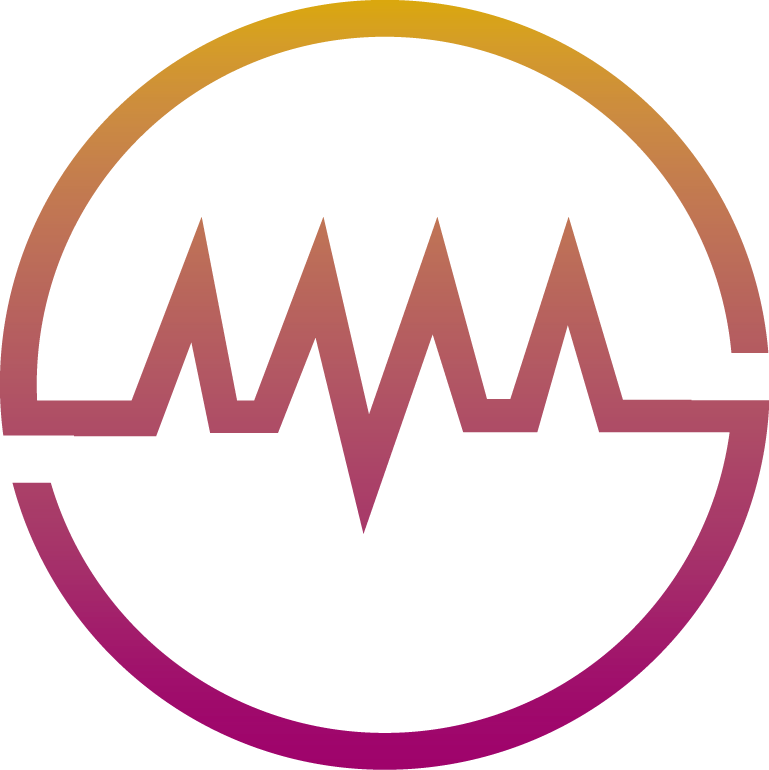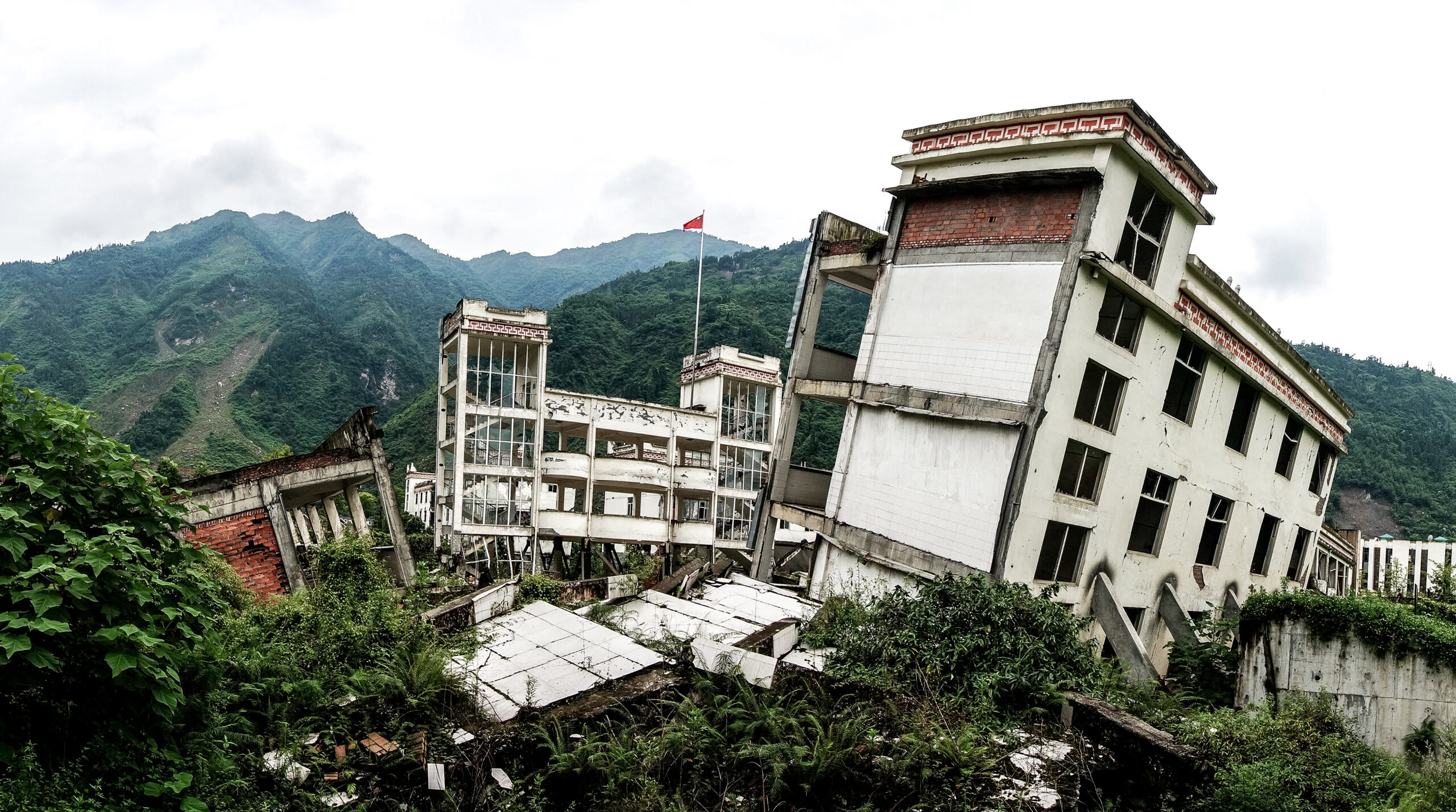Revitalising Attention on the Global Asbestos Disaster – Dr Jukka Takala, et al.
Original Article Reference
This SciPod is a summary of the paper ‘Global Asbestos Disaster’, from the International Journal of Environmental Research and Public Health. https://doi.org/10.3390/ijerph15051000
Share Episode
About this episode
In developed countries, we are broadly aware of the dangers of asbestos and the risks it poses if discovered in our living or working environments. It may be shocking to learn that asbestos still causes an estimated 255,000 deaths annually worldwide, with the vast majority – 89% – from work-related exposure. Although asbestos is banned in 55 countries, it is still widely used in the developing world, and over two million tonnes are consumed annually, leading to what Dr Jukka Takala, President of the International Commission of Occupational Health, and an international team of authors describe as a global asbestos disaster.
This work is licensed under a Creative Commons Attribution 4.0 International License. 
What does this mean?
Share: You can copy and redistribute the material in any medium or format
Adapt: You can change, and build upon the material for any purpose, even commercially.
Credit: You must give appropriate credit, provide a link to the license, and indicate if changes were made.
Related episodes
Dr. Zhe Su | Understanding the twisted tectonics of the Sichuan basin
The Sichuan basin in southern China is a region of deep geological and seismological complexity, which has so far prevented researchers from understanding its tectonic past. Through fresh analysis of previous observations, combined with the latest modelling techniques, a team led by Dr. Zhe Su at the National Institute of Natural Hazards, Beijing, suggests for the first time that the entire Sichuan basin is slowly rotating. Their result could explain the origins of one of the deadliest earthquakes in living memory, and could also help seismologists to better predict when earthquakes will strike the region in the future.
Dr. Robin Temmerman | Healthy Pets, Safer Humans: A Positive Step Forward for Veterinary Science
Antibiotic resistance may prove to be one of the most significant health challenges we will face this century. As bacteria continue to evolve resistance mechanisms to our arsenal of antibiotics, infections could become a more serious prospect, and medical procedures with a substantial infection risk, such as open surgery, could become unacceptably risky. While antibiotic resistance is often considered to be a human problem, it’s also a growing issue in veterinary medicine. Our pets can also develop infections that are difficult to treat when resistant bacteria are involved. Moreover, as we frequently share a living space with such animals, there is potential for crossover of resistant bacteria to humans. In a far-reaching study, Dr. Robin Temmerman and his colleagues of the executive animal health study center (or CEESA), which is a consortium of animal health companies, shed light on this issue, exploring antibiotic resistance in bacterial urinary tract infections in dogs and cats across Europe. Their findings provide hope and a roadmap for tackling this global problem.
Dr Patrick O’Neill | Revolutionising Pharmaceutical Synthesis with Continuous Flow Chemistry
Dr Patrick O’Neill of Pfizer, Ireland, and Professor Jie Wu of the National University of Singapore, and their team, have made groundbreaking advancements in the synthesis of 1,2,3-triazole – a key building block in the manufacture of a life-saving antibiotic. Replacing traditional batch processes, they developed a safer, more efficient method using continuous flow chemistry, which addresses potential global supply chain vulnerabilities. This innovative approach eliminates hazardous intermediates, improves reaction safety, and ensures a stable supply of 1,2,3-triazole for global pharmaceutical production.
Dr. Ivan Schewitz | Pectus Excavatum: Minimally Invasive Repair, The Nuss Procedure
For a long time, deformities of the chest wall, such as pectus excavatum, a condition where the chest appears to have sunken, remained untreated or were treated using crude and invasive techniques. However, thanks to innovations led by surgeons such as Prof. Donald Nuss of Eastern Virginia Medical School, these procedures have undergone a remarkable transformation. Such work has shifted the paradigm from radical surgery to minimally invasive solutions, changing lives and restoring confidence for countless patients. Now, a Review Article published in the African Journal of Thoracic and Critical Care Medicine, and co-authored by Prof. Donald Nuss and Dr. Ivan Schewitz of the Department of Cardiothoracic Surgery at the University of Pretoria, South Africa, charts the remarkable progress in treating pectus excavatum.
Increase the impact of your research
• Good science communication encourages everyday people to be scientifically literate so that they can analyse the integrity and legitimacy of information.
• Good science communication encourages people into STEM-related fields of study and employment.
• Good public science communication fosters a community around research that includes both members of the public, policymakers and scientists.
• In a recent survey, 75% of people suggested they would prefer to listen to an interesting story than read it.

Step 1 Upload your science paper
Step 2 SciPod script written
Step 3 Voice audio recorded
Step 4 SciPod published




